When Andy and Mercedes Lilienthal embarked on their transcontinental journey along the TransAmerica Trail in a Subaru Crosstrek Wilderness, they discovered that Starlink’s portable satellite internet wasn’t just a luxury—it became their lifeline in remote locations where cellular service was nonexistent.
I’ll be honest: before taking a 29-day transcontinental off-road trip across the U.S. in a Subaru Crosstrek Wilderness, I’d never used a Starlink. I knew lots of people who had. But I knew its ability to revolutionize connectivity off-grid.
We borrowed a Starlink Mini for our trek across the U.S. on the TransAmerica Trail. This isn’t going to be a super technical article. (See Sean Holman’s excellent comparison between Starlink and Starlink Mini for that). Instead, here’s what I though of it as a first-time user.
Initial Setup
Before my wife, Mercedes Lilienthal, and I flew to the East Coast from Oregon, we set the Starlink Mini up in our back yard to test it.
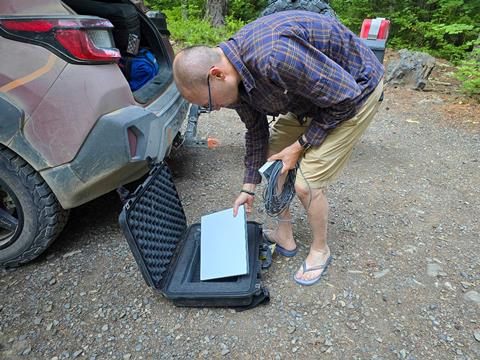
If you can connect a phone, printer, or a computer to a Wi-Fi network, you can set up a Starlink Mini. First, get the app.
It will walk you through the steps to get it running. You won’t even need an existing internet connection. Once everything is setup properly, you’re ready to travel.
When you’re ready to use it, you’ll take one end of the cord and plug it into the panel, the other goes into the power plug. You’ll need to set it out in clear skies for the best reception. You’ll then start the app and connect to the Starlink’s Wi-Fi. It only take a minute or so.
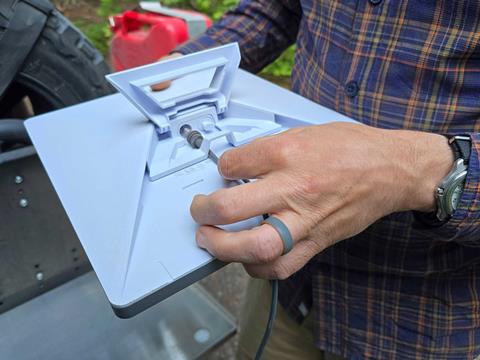
It Needs Power. It Needs a Plan.
TruthfulIy, I didn’t know a Starlink needed AC power. For some reason, I thought it was a device which ran on batteries. (I swear I don’t live under a rock.) Luckily, we had an EcoFlow DELTA 3 Plus power station along with our trip which would power our Starlink Link.

You’ll also need a subscription plan. Assuming you’re traveling, you’d want a Roam plan. Then choose from the 50GB plan for $50 a month or the unlimited plan which is $165 a month. (We were on the unlimited plan for our trip.)
Vehicle Mounts, Waterproof Ratings
Multiple companies offer Starlink mounts for your rig so you can have internet when you’re moving (a Starlink will work at speeds of up to 550 MPH!)
We didn’t get a mount, but hindsight being 20/20, we should’ve as we had loads of social media we could’ve uploaded on the fly. However, having a Starlink mounted to a vehicle meant it had to be weatherproof, right?
It turns out the Starlink Mini has an environmental rating of IP67 with the DC power cable installed, and can operate from -22°F to 122°F. That’s pretty impressive. Additionally, it’ll work in winds up to 60 MPH+ and can melt snow up to an inch in an hour.
How We Stored Our Starlink Mini
A Starlink Mini comes in a cardboard box—not great for travel. We used Pelican’s 1505SSLK Air Starlink Mini Transport Case.
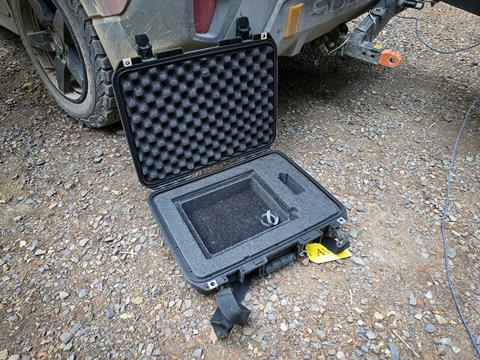
I carried it on the plane from Oregon to Pennsylvania in this case, and it then resided in the footwell in our Subaru’s back seat. It was super secure and had a place for all the Starlink Mini’s components.
Our First Public Use
We first deployed the Starlink Mini at our campsite in Tazewell, Virginia. Starlink products need a clear view of the sky for maximum performance (something you can check using the Starlink app).
Our camp had hardly any trees and a wide-open sky. We took our EcoFlow DELTA 3 Plus power station from the vehicle and put the Starlink Mini on the ground.
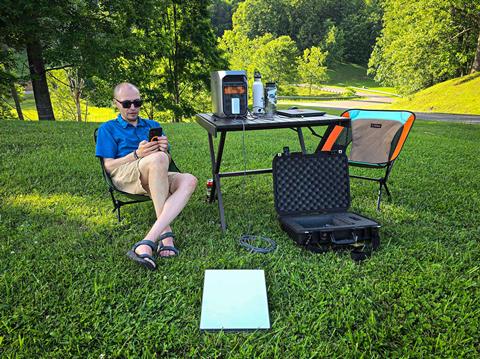
It worked very well, providing speeds faster than our home internet’s 100 mbps. We were able to easily download streaming videos, browse social media, and upload files.
Watching The Weather
It’s great to send emails in the middle of nowhere, keep in touch with friends and family off grid, and use it for work stuff in remote locations. But the product’s ability to be crucial tool in potentially dangerous situations impressed me.
We were in many places without mobile internet, so we couldn’t tell whether the weather was putting us in harm’s way. For example, outside of Ozone, Arkansas, the skies got really dark as we looked for camping, and we had no internet on smartphones to check for severe storms.
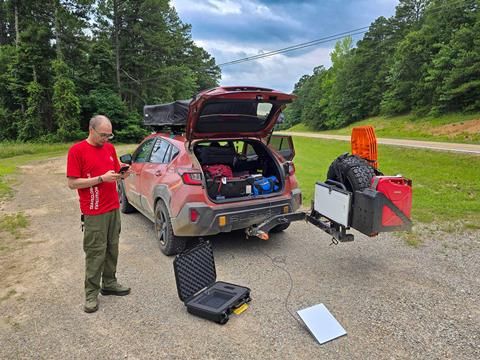
We quickly deployed the Starlink Mini and checked the weather radar. Sure enough, a severe thunderstorm with potential winds of over 60 MPH was headed right towards us and we were going to get walloped. We drove to the nearest motel 45 minutes away to get us out of danger.
In Oregon, we had to watch for wildfires. Smoke was wafting through the air, but we deployed the Starlink to see how close the blazes were to where we hoped to camp. We got a motel that night.
A Critical Starlink Moment
The Starlink Mini’s most important moment came when we ran across signs reading HELP in the middle of the scorching Utah desert. We encountered a person stranded on their own off-grid property. Her car already had the spare tire on, but she’d gotten another flat.
Adding insult to injury, her cellphone was dead and its charger wouldn’t work. No power, no phone or internet. She said she’d been trying to flag people down for two weeks. While she didn’t need medical attention, she needed someone to come out with a tire.
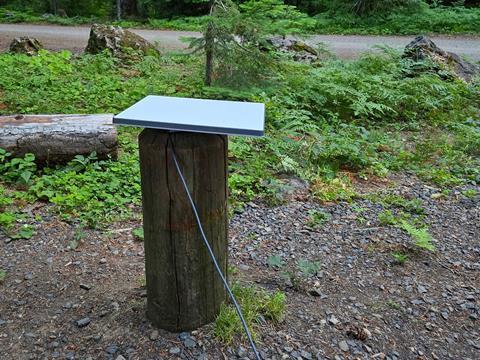
We deployed the Starlink Mini, connected my phone, and turned on Wi-Fi calling to call the tire shop. Meanwhile, we began charging the desert-dweller’s phone.
We called to have someone come out to have the tire replaced. We could literally have saved a life, and it was all because of the Starlink Mini.
A Worthwhile Tool For Long-Term Travel
We almost always travel with a Garmin InReach for emergencies, but the Starlink Mini took off-grid communication to another level. It might be an overkill for casual campers, but for those who spend weeks or months on the road, a Starlink Mini can be a great way to stay connected to the outside world.
Yes, many people want to detach and stay offline while overlanding, but some people have to work on the road or need to stay connected no matter where they are. The compact Starlink Mini can be just the tool that allows some to work or connect remotely from, well, remote locations.
Access More Great Stories!
For more informative articles like this, consider subscribing to OVR Magazine in print or digital versions here. You can also find the print edition of OVR at your local newsstand by using our Magazine Finder.


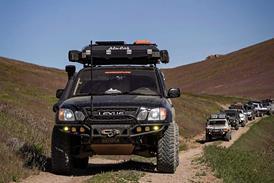
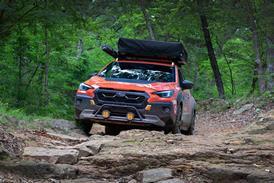
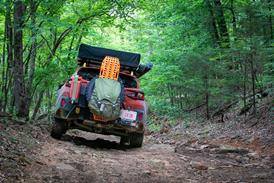
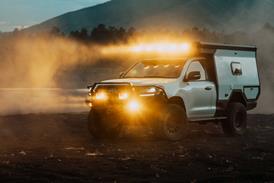
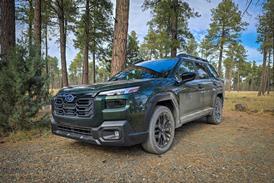
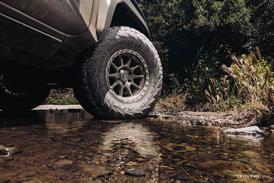
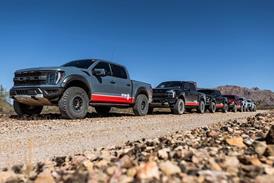
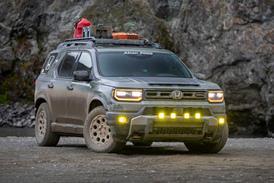

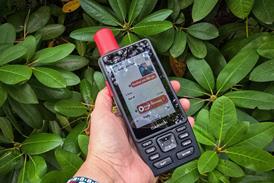
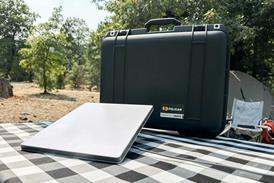
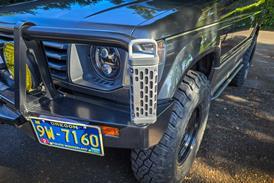
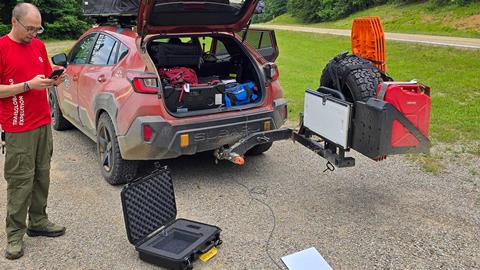






No comments yet